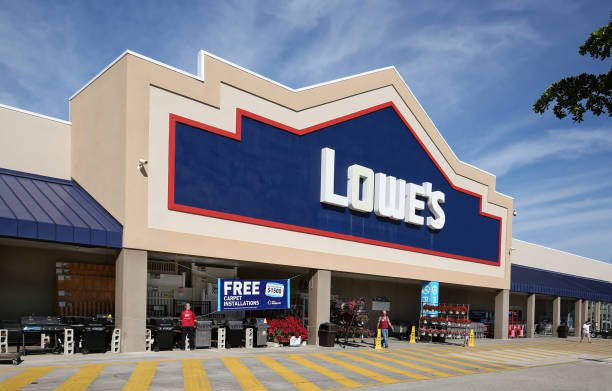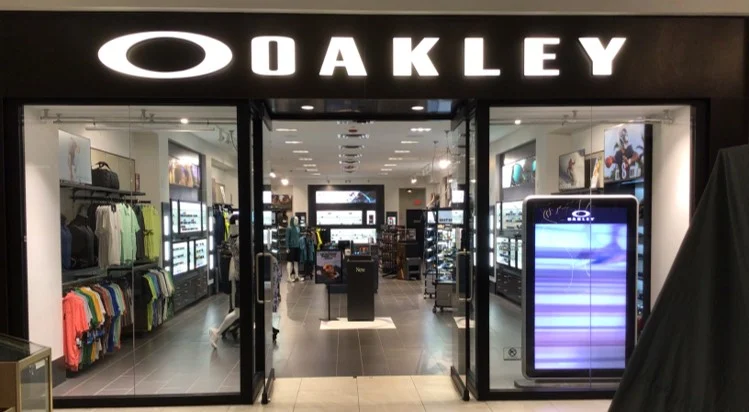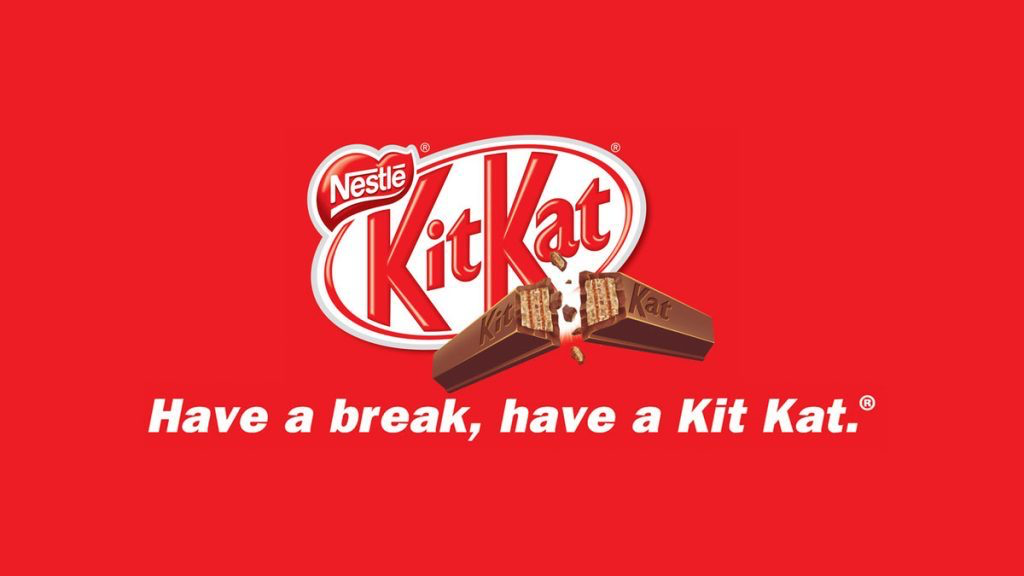Lowe’s is a leading home improvement retailer with a long history of serving homeowners and contractors across North America. With over 2,000 stores, the company offers a wide range of products and services to help customers improve and maintain their homes. From building materials to appliances, flooring, paint, tools, and outdoor living essentials, Lowe’s has everything customers need to tackle any project, big or small.
Founded in 1946, Lowe’s has grown from a small hardware store in North Carolina to a Fortune 500 company with a market capitalization of over $120 billion. The company is known for its commitment to customer service and has been recognized for its innovative approach to retail, including its use of technology to enhance the shopping experience.
In recent years, Lowe’s has also made significant investments in sustainability, with a focus on reducing waste, improving energy efficiency, and promoting sustainable products and practices. The company has established a foundation to support communities and provide disaster relief in times of need, further demonstrating its commitment to making a positive impact on the world.
With a strong brand reputation and a dedication to meeting the evolving needs of customers, Lowe’s is well-positioned to continue its growth and success in the highly competitive home improvement industry.
Founding History of Lowe’s
Lowe’s was founded in 1946 by Lucius Smith Lowe, who had previously worked as a hardware store manager for another company. Lowe recognized the potential for a retail store that specialized in hardware and building materials, and he opened the first Lowe’s store in North Wilkesboro, North Carolina.
The original Lowe’s store was a modest operation, with only 1,000 square feet of retail space and a limited selection of merchandise. However, the store quickly gained a reputation for its high-quality products and excellent customer service, and it soon began to expand.
In the 1950s and 1960s, Lowe’s continued to grow, opening new stores across North Carolina and expanding into neighboring states. The company also began to offer a wider range of products, including appliances, electronics, and lawn and garden equipment.
By the 1970s, Lowe’s had become a major player in the home improvement industry, with over 100 stores and a reputation for quality products and customer service. The company went public in 1961 and continued to expand throughout the decade, opening stores in new regions and introducing new products and services.
In the 1980s and 1990s, Lowe’s continued to grow, expanding its product lines and opening new stores across the United States. The company also began to focus on providing installation services, such as kitchen and bathroom remodeling and window and door replacement.
In the 2000s, Lowe’s embraced new technology and digital capabilities, introducing online ordering and home delivery. The company also expanded into Canada and Mexico, further expanding its global footprint.
Today, Lowe’s is one of the largest home improvement retailers in the world, with over 2,000 stores and a market capitalization of over $100 billion. The company continues to innovate and adapt to meet the evolving needs of customers, while remaining committed to the high standards of quality and service that have been its hallmark since its founding over 75 years ago.
Lowe’s growth through Mergers & Acquisitions
Over the years, Lowe’s has made several strategic mergers and acquisitions to expand its market share and enhance its product offerings. Here are some notable examples:
Eagle Hardware & Garden (1999) – Lowe’s acquired Eagle Hardware & Garden, a regional home improvement retailer in the Pacific Northwest. The acquisition added 47 stores to Lowe’s portfolio and expanded its presence in the western United States.
Rona (2016) – Lowe’s acquired Rona, a leading Canadian home improvement retailer, for $2.3 billion. The acquisition added 500 stores to Lowe’s network and increased its presence in Canada.
Maintenance Supply Headquarters (2018) – Lowe’s acquired Maintenance Supply Headquarters, a distributor of maintenance, repair, and operations (MRO) products for the multifamily housing industry. The acquisition expanded Lowe’s Pro supply chain capabilities and enhanced its ability to serve professional customers.
The Stainmaster Brand (2021) – Lowe’s acquired The Stainmaster Brand, a leading brand of carpet and flooring products. The acquisition strengthens Lowe’s product offerings in the home decor and flooring category.
Through these mergers and acquisitions, Lowe’s has been able to expand its geographic reach, diversify its product portfolio, and enhance its capabilities to better serve both professional and DIY customers. Additionally, the company has demonstrated a commitment to strategic investments that position it for long-term growth and success in the highly competitive home improvement industry.
Marketing Strategies of Lowe’s
Lowe’s is one of the largest home improvement retailers in the world, and the company has developed several effective marketing strategies to promote its products and services. Here are some of the key marketing strategies used by Lowe’s:
Customer segmentation – Lowe’s has a deep understanding of its customers and has identified distinct segments based on their needs and preferences. For example, the company recognizes that professional contractors have different requirements than DIY customers and tailors its marketing messages accordingly. Lowe’s also offers different product lines and services to appeal to each segment. By understanding and catering to its various customer segments, Lowe’s can build brand loyalty and increase sales.
Digital marketing – Lowe’s has embraced digital marketing to connect with customers in new ways. The company uses social media platforms like Facebook, Instagram, and Twitter to engage with customers and showcase its products. It also leverages email marketing campaigns to keep customers informed about new products and promotions. Additionally, Lowe’s invests in search engine optimization (SEO) and pay-per-click (PPC) advertising to increase its visibility online and drive website traffic.
In-store promotions – In-store promotions are a core component of Lowe’s marketing strategy. The company offers discounts, coupons, and loyalty programs to incentivize customers to make purchases. For example, Lowe’s has a loyalty program called MyLowe’s that offers exclusive discounts, free shipping, and other benefits to members. In-store promotions can be effective at driving sales and encouraging repeat business.
Sponsorship and partnerships – Lowe’s sponsors events and partners with organizations to raise brand awareness and connect with customers. For example, the company has partnered with the National Football League (NFL) to promote its products and services to sports fans. Lowe’s also sponsors events like home and garden shows, where it can showcase its products and connect with customers face-to-face.
Product demonstrations – Product demonstrations are a critical aspect of Lowe’s marketing strategy. In-store and online product demonstrations help customers make informed purchase decisions and highlight the value of Lowe’s products. Lowe’s employs knowledgeable staff who can provide expert advice and guidance to customers. The company also uses instructional videos and other resources to help customers with DIY projects and other home improvement tasks.
Personalized experiences – Lowe’s uses customer data and analytics to provide personalized experiences to customers. By analyzing customers’ previous purchases and preferences, Lowe’s can make recommendations that are relevant and useful. For example, the company might send a targeted email promoting a product that a customer has purchased before. Personalized experiences can help build brand loyalty and keep customers coming back to Lowe’s.
Overall, Lowe’s marketing strategies are designed to create a seamless and enjoyable customer experience across multiple channels. The company uses a range of tactics to connect with customers and promote its products, and is always looking for new ways to innovate and stay ahead of the competition.
STP Analysis of Lowe’s
STP analysis is a marketing framework that helps companies to understand and target their customers. STP stands for segmentation, targeting, and positioning, and involves analyzing the market to identify customer segments, selecting the most attractive segments to target, and developing a unique value proposition to position the company’s products or services.
Here’s how Lowe’s uses STP analysis:
Segmentation – Lowe’s segments its customers based on a variety of factors, including demographics (such as age, income, and location), behavior (such as purchase history and product preferences), and psychographics (such as values and lifestyle). By understanding the different needs and preferences of these customer groups, Lowe’s can create targeted marketing campaigns and product offerings that appeal to each segment.
For example, within the DIY segment, Lowe’s might target first-time homeowners who are inexperienced with home improvement projects. This group might need more guidance and assistance than experienced DIYers, so Lowe’s could create instructional videos and in-store workshops to help them get started. On the other hand, experienced DIYers might be more interested in advanced tools and equipment, so Lowe’s could highlight its selection of high-end products to appeal to this segment.
Targeting – Once Lowe’s has identified its customer segments, the company selects the most attractive ones to target. This involves evaluating each segment based on factors such as size, profitability, growth potential, and alignment with Lowe’s core competencies. Lowe’s focuses on segments where it has a competitive advantage, such as expertise in home improvement or a strong supply chain network.
For example, Lowe’s might target the professional contractor segment, which has a high volume of purchases and tends to buy in bulk. By offering discounts and other incentives to contractors, Lowe’s can encourage them to make larger purchases and build long-term relationships with the company.
Positioning – Finally, Lowe’s positions its products and services to appeal to each customer segment. This involves creating a unique value proposition that sets Lowe’s apart from competitors and meets the specific needs of each segment. Lowe’s emphasizes its expertise, selection, and service as key differentiators from competitors like Home Depot.
For example, Lowe’s might position itself as the go-to source for DIY advice and guidance. The company could create instructional videos and how-to guides to help customers complete their projects, and offer in-store experts to answer questions and provide personalized advice. By positioning itself as a helpful and knowledgeable resource, Lowe’s can build trust and loyalty with its customers.
Overall, STP analysis is a valuable tool for Lowe’s to understand its customers and develop targeted marketing strategies that meet their needs. By segmenting its customers, targeting the most attractive segments, and positioning its products and services to appeal to each segment, Lowe’s can create a unique value proposition that sets it apart from competitors and drives sales.
Lowe’s Financial Growth over the years
Lowe’s has been performing well financially in recent years, with strong revenue growth and a solid balance sheet. Here are some key financial metrics that illustrate the company’s financial performance:
Revenue: Lowe’s has seen strong revenue growth in recent years, driven by a combination of same-store sales growth and new store openings. In 2022, the company reported revenue of $96.2 billion, up from $59 billion in 2016.
Gross profit margin: Lowe’s gross profit margin has remained relatively stable in recent years, averaging around 32% from 2016 to 2020. This indicates that the company is able to maintain a healthy level of profitability on its sales.
Net income: Lowe’s net income has grown significantly in recent years, driven by strong revenue growth and cost management efforts. In 2022, the company reported net income of $8 billion, up from $2.5 billion in 2016.
Earnings per share (EPS): Lowe’s EPS has also grown significantly in recent years, reflecting the company’s strong financial performance. In 2020, the company reported EPS of $6.34, up from $3.10 in 2016.
Return on equity (ROE): Lowe’s ROE has improved in recent years, indicating that the company is generating stronger returns for its shareholders. In 2020, the company reported an ROE of 34.1%, up from 19.9% in 2016.
Debt: Lowe’s has a relatively low level of debt compared to its peers in the home improvement industry. As of the end of 2020, the company had total debt of $20.4 billion, with a debt-to-equity ratio of 1.12.
Overall, Lowe’s has been performing well financially in recent years, with strong revenue growth, solid profitability, and a healthy balance sheet. The company’s focus on improving operational efficiency and driving sales growth through targeted marketing campaigns and digital initiatives has helped to drive its financial performance and position it for continued success in the future.
Who are the Competitors of Lowe’s?
Lowe’s operates in a highly competitive retail market, with several major competitors. Here are some of the key competitors of Lowe’s:
The Home Depot: The Home Depot is the largest home improvement retailer in the United States, with over 2,200 stores and revenue of $132.1 billion in 2020. The company offers a similar range of products and services as Lowe’s, including tools, appliances, and home decor.
Read more about The Home Depot – Marketing Strategies Of Home Depot
Menards: Menards is a home improvement retailer based in the Midwest, with over 300 stores and revenue of $10.7 billion in 2019. The company offers a similar range of products and services as Lowe’s, with a focus on low prices and a wide selection of products.
Ace Hardware: Ace Hardware is a cooperative of independently-owned hardware stores, with over 5,300 locations and revenue of $5.7 billion in 2020. While Ace Hardware stores are generally smaller than Lowe’s or The Home Depot, they offer a similar range of products and services, with a focus on personalized service and local expertise.
True Value: True Value is a cooperative of independently-owned hardware stores, with over 4,500 locations and revenue of $1.7 billion in 2020. Like Ace Hardware, True Value stores are generally smaller than Lowe’s or The Home Depot, but offer a similar range of products and services.
Amazon: While not a traditional home improvement retailer, Amazon has been expanding its offerings in this space in recent years. The company now offers a wide range of home improvement products, including tools, appliances, and home decor, through its Amazon Home platform.
In addition to these major competitors, Lowe’s also faces competition from smaller, independent hardware stores and specialty retailers. To stay competitive, Lowe’s has focused on improving its online and mobile capabilities, enhancing its in-store experience, and expanding its product offerings through partnerships and acquisitions. The company has also invested heavily in marketing and advertising to differentiate itself from its competitors and attract customers.
To read more content like this, subscribe to our newsletter



